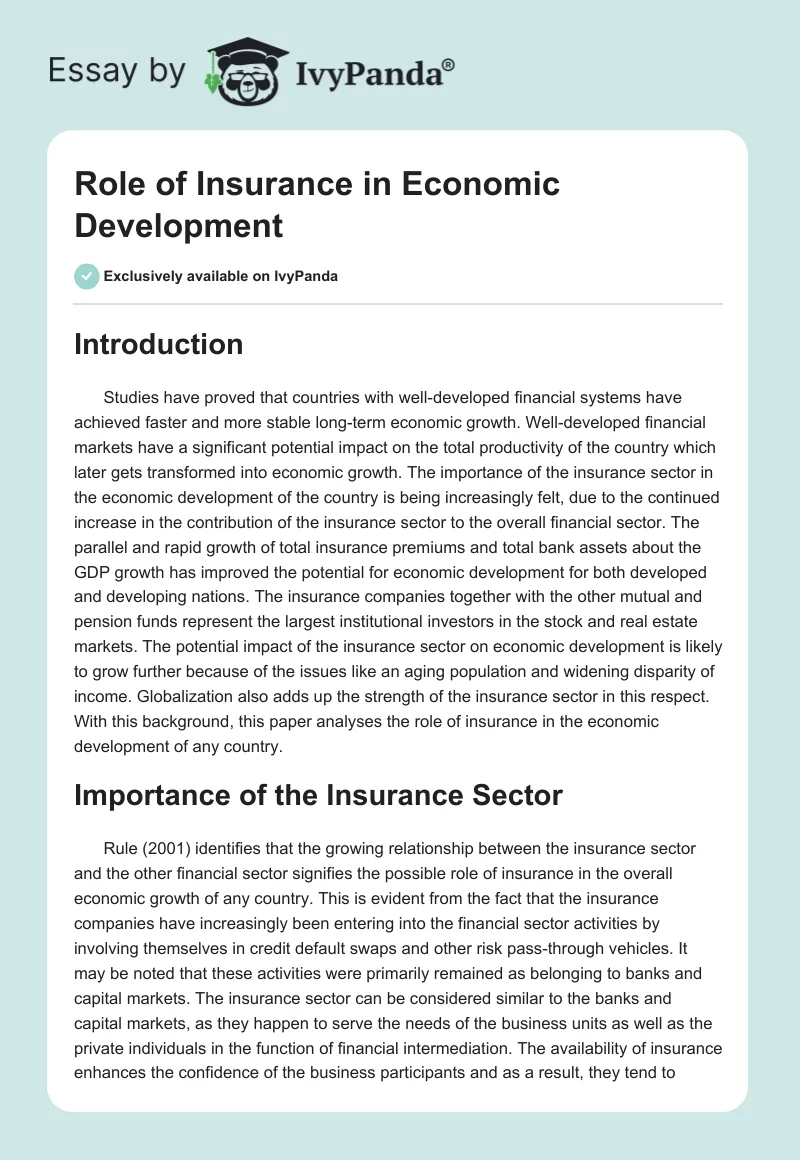Our Pacific Prime Diaries
Our Pacific Prime Diaries
Blog Article
Some Known Questions About Pacific Prime.
Table of ContentsHow Pacific Prime can Save You Time, Stress, and Money.See This Report about Pacific PrimeThe 20-Second Trick For Pacific PrimeThe Greatest Guide To Pacific PrimePacific Prime Things To Know Before You Get This

This is since the data were accumulated for a period of solid financial efficiency. Of the estimated 42 million individuals who were without insurance, just about concerning 420,000 (regarding 1 percent) were under 65 years old, the age at which most Americans end up being eligible for Medicare; 32 million were grownups between ages 18 and 65, about 19 percent of all grownups in this age team; and 10 million were kids under 18 years of age, regarding 13.9 percent of all children (Mills, 2000).
These price quotes of the variety of individuals uninsured are produced from the annual March Supplement to the Present Populace Study (CPS), carried out by the Demographics Bureau. Unless or else kept in mind, nationwide quotes of people without wellness insurance policy and proportions of the populace with various sort of protection are based on the CPS, one of the most widely used resource of estimates of insurance coverage and uninsurance prices.
The Ultimate Guide To Pacific Prime

Still, the CPS is especially valuable due to the fact that it creates yearly quotes reasonably swiftly, reporting the previous year's insurance policy coverage approximates each September, and because it is the basis for a consistent set of estimates for greater than two decades, enabling analysis of fads in protection over time. For these factors, as well as the substantial use the CPS in various other researches of insurance policy protection that are offered in this report, we depend on CPS quotes, with restrictions noted.

The estimate of the number of without insurance people increases when a populace's insurance coverage status is tracked for several years. Over a three-year period beginning early in 1993, 72 million people, 29 percent of the united state population, were without coverage for at the very least one month. Within a single year (1994 ), 53 million people experienced at the very least a month without coverage (Bennefield, 1998a)
Six out of every 10 without insurance grownups are themselves used. Although working does boost the probability that a person and one's family members will have insurance, it is not a warranty. Also participants of households with two full time wage earners have virtually a one-in-ten chance of being without insurance (9.1 check my blog percent uninsured rate) (Hoffman and Pohl, 2000).
See This Report on Pacific Prime
New immigrants represent a considerable proportion of people without medical insurance. One evaluation has associated a significant portion of the recent development in the dimension of the united state without insurance population to immigrants who got here in the country between 1994 and 1998 (Camarota and Edwards, 2000). Recent immigrants (those that pertained to the USA within the past 4 years) do have a high rate of being without insurance (46 percent), but they and their youngsters account for just 6 percent of those without insurance coverage country wide (Holahan et al., 2001).
The partnership in between medical insurance and access to care is well established, as documented later in this phase. Although the relationship in between wellness insurance policy and wellness end results is neither straight neither basic, an extensive clinical and health solutions study literary works web links health insurance policy protection to improved accessibility to care, much better high quality, and boosted individual and population health standing.
Degrees of evaluation for taking a look at the effects of uninsurance. This conversation of medical insurance coverage concentrates mainly on the united state population under age 65 due to the fact that basically all Americans 65 and older have Medicare or other public coverage. Moreover, it focuses particularly on those with no wellness insurance for any kind of length of time.
The Ultimate Guide To Pacific Prime
The troubles dealt with by the underinsured are in some respects comparable to those dealt with by the uninsured, although they are usually much less severe. Health insurance policy, nevertheless, is neither necessary nor enough to gain access to clinical services. The independent and straight effect of wellness insurance protection on access to wellness services is well developed.
Others will certainly acquire the healthcare they require even without health and wellness insurance, by spending for it expense or seeking it from service providers that provide treatment totally free or at very subsidized rates. For still others, medical insurance alone does not make sure invoice of care as a result of other nonfinancial obstacles, such as an absence of healthcare service providers in their area, limited accessibility to transportation, illiteracy, or etymological and cultural differences.
The Ultimate Guide To Pacific Prime
Formal research study concerning without insurance populaces in the USA dates to the late 1920s and very early 1930s when the Committee on the Expense of Treatment produced a collection of records concerning funding physician office gos to and hospitalizations. This problem became salient as the numbers of medically indigent climbed up throughout the Great Clinical depression.
Report this page